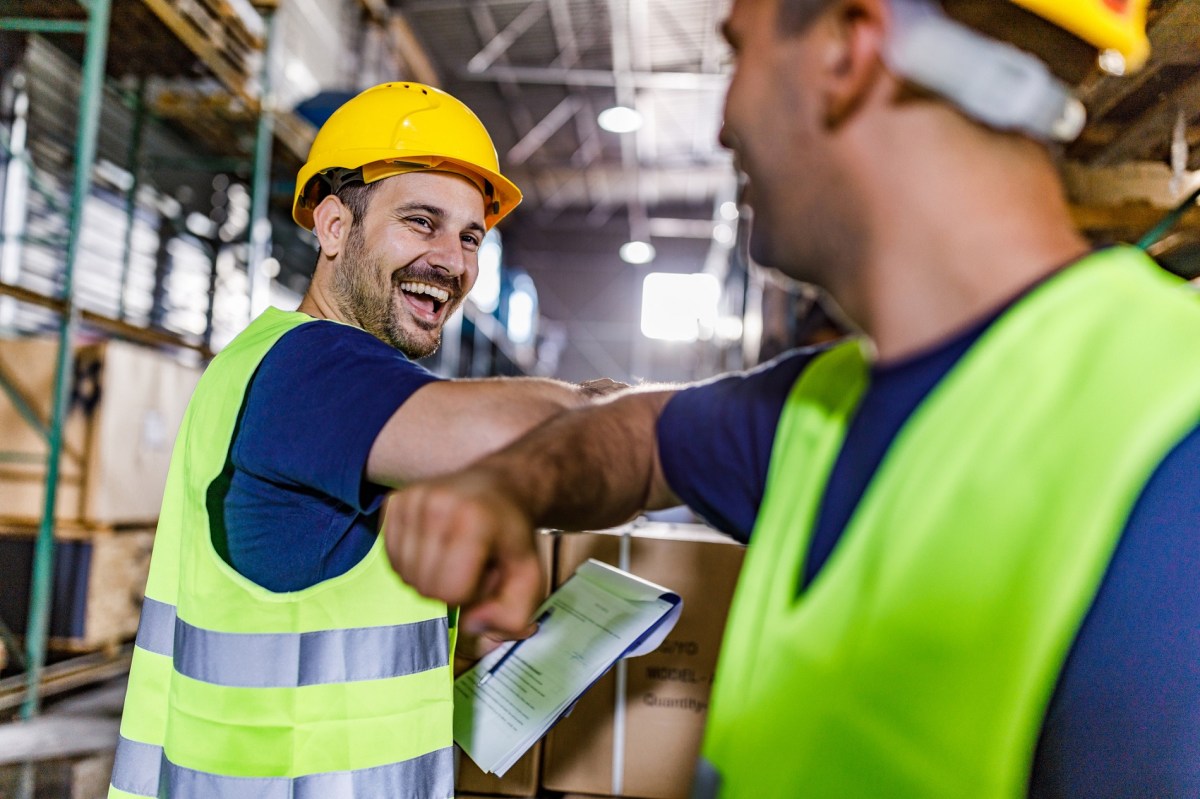Keeping warehouse employees safe and well takes a strong mix of culture, compliance, and the right technology to underpin safety initiatives, according to rugged device solution provider, Getac Technology Corporation.
To date in 2021, no fewer than nine workers in the transport, postal and warehousing sector have died at work, making this the deadliest sector to work in. When it comes to disease and injury, warehousing falls in the top five sectors based on the number of serious claims.This demonstrates the importance of maintaining and improving worker safety. Technology can help do this and it’s important to choose the right hardware and systems to maximise outcomes.
Getac business development manager, Frank Baldrighi said today’s warehouses are exponentially safer, cleaner, and more productive than they used to be.
“Putting the right technology in place can have a dramatic effect on warehouse worker safety, including reducing lost time due to injuries and fatalities. Using the right hardware to access that technology is a crucial piece of the puzzle,” he said.
“It’s essential to select a provider that builds truly rugged solutions from the ground up and can stand by those solutions with comprehensive, independent certifications such as Military Standard (MIL-STD), Ingress Protection (IP), ATEX, American National Standards Institute (ANSI), and Salt Fog certification.”
There are five ways technology can help improve worker safety in the warehouse, according to Baldrighi.
1. Communication tools
High-speed communication and real-time insights let employers know the status of air quality, heat, and specific risks so they can address these hazards before they cause an injury.
2. Hazard identification
On-site physical safety management through apps and software on mobile devices can help organisations ensure they’re identifying and rectifying hazards as they arise. Workers can take pictures of hazards and complete mobile safety checklists and site inductions.
3. Virtual and augmented reality
Virtual reality and augmented reality can help train employees on how to cope with dangerous situations without putting them in danger. Augmented reality can let technicians or experienced workers coach others through processes such as machine repair without having to increase the number of people physically in the environment. This can be useful if the repairs are dangerous, conditions are hazardous, or in the case of social distancing requirements.
4. Drones
Drones can be used when sites are too dangerous for people to investigate, such as if there is a gas leak or other chemical spill. Drones can capture information and let clean-up teams determine the safest course of action without having to be exposed to the danger.
5. Automation and robotics
Automation improves safety by removing the burden of heavy, manual work from people. Robots can do the heavy lifting, leaving people free to focus on more creative tasks. This is particularly useful in understaffed warehouses where the pressure to maintain productivity can create a culture where some risk is accepted in exchange for getting work done more quickly. Adding robots to the workforce can alleviate the pressure and reduce the risk.
To fully leverage these technologies, warehousing organisations need to deploy rugged solutions that are built to handle the harsh environment of a warehouse. Simply choosing a consumer-like tablet or notebook to interface with technology will create more problems than it solves in the long run. Instead, organisations should choose purpose-built devices that can withstand drops, shocks, vibration, noise, dust, and temperature extremes.
With augmented and virtual reality applications becoming more commonplace, it’s important to choose devices with the processing power and connectivity required to run these applications reliably. Consumer-grade devices don’t necessarily meet the standard, and their inability to withstand the warehouse environment makes them a poor choice in this scenario.

